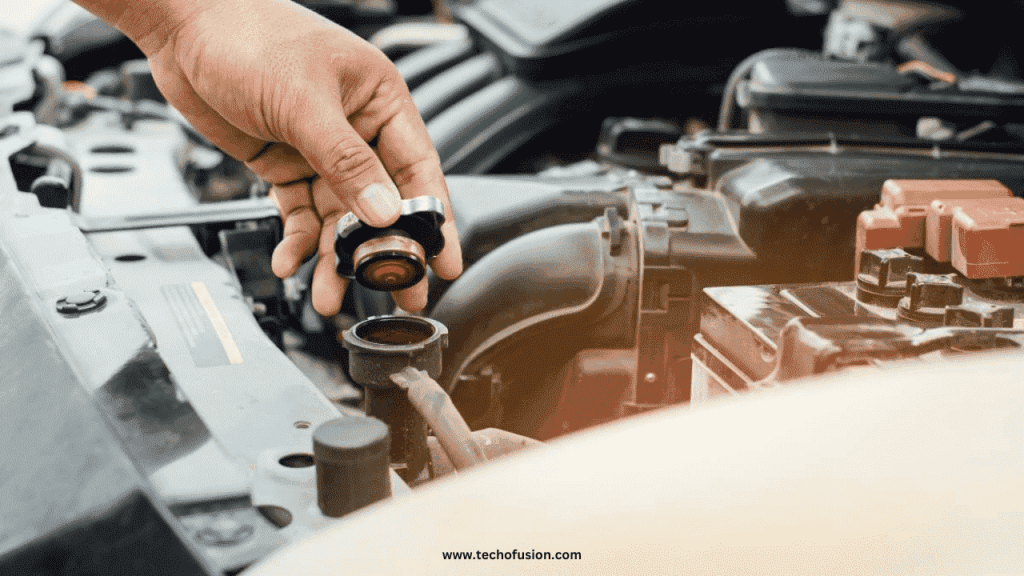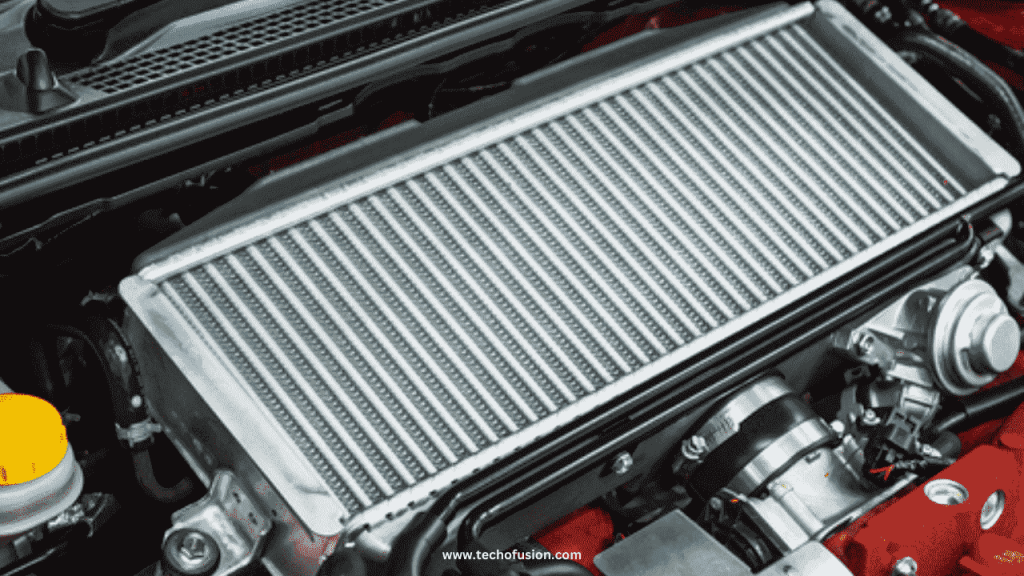When organizing an LT1 engine change, the most important thing to focus on is the cooling system. It is crucial to guarantee that the radiator chosen is suitable for the LT1 engine to deflect overheating and maintain great performance. But what should you do for a radiator engine swap LT1? This article will help you choose the right radiator, learn about the smallest water levels needed, and find answers to important questions about radiator compatibility with the LT1 engine.
Can You Put Any Radiator on Any Engine LT1?
Can you put any radiator on any engine lt1? When you do an LT1 switch, one of the most vital things to understand is that you may use any radiator with this engine. It is not genuine. The LT1 engine makes a part of heat, and a few radiators are not made to handle the cooling needs of such a powerful engine. If considering what you should do for a radiator engine swap LT1, keep these things in mind:
- Cooling capacity: The radiator should be big enough to cool down the LT1.
- Inlet and outlet fittings: because the LT1 needs to cool, the radiator must have the right hose fittings.
- Transmission cooler: If your car has an automatic transmission, the heater needs to have parts that keep the transmission fluid cool.
Choosing a radiator with these features will help your LT1 engine run easily and avoid problems caused by overheating by managing heat well.

Can You Use a Smaller Radiator for a LT1 Engine?
A different question that comes up in a parcel is whether an LT1 engine can use a smaller radiator. Some people might need to use a smaller heater because they do not have much room or because they cost less. This is not a notable idea. Because it cannot cool the engine well if the radiator is too small, the engine may run hotter than it should. With excessive-performance engines like the LT1, overheating is a massive issue that can hurt efficiency or maybe harm the engine
It is best to choose a bigger, more efficient radiator when you are thinking about what should you do for a radiator engine swap LT1. People with this type of engine are often told to use a metal radiator with three or four rows because it gets rid of heat better. To save room, you might want to use a smaller radiator, but this could make your LT1 engine swap less reliable and last less long.
How Much Coolant Does the 95 LT1 Need Reservoir?
How much coolant does the 95 lt1 need reservoir? It is very important to keep the right amount of water in the LT1 engine for it to work well. There ought to be almost 12 to 14 quarts of coolant for this 1995 LT1 engine’s radiator center, radiator, and engine block. The tank should hold around 1 to 2 quarts of coolant since it will grow as the engine heats up. A great way to hold the car cool and secure is to continuously blend 50% water with 50% radiator fluid inside the radiator. If you no longer recognize how lots coolant to install an LT1 radiator engine switch, follow those steps to preserve the engine from getting too warm and running at its satisfactory.

Requirements for 94-95 LT1 Radiator
The LT1 engines from 1994 to 1995 are distinctive because of their reverse go with the flow cooling device, which prioritizes cooling the cylinder heads before the engine block. This arrangement demands a particular type of radiator capable of accommodating its cooling requirements.
For an LT1 engine made between 1994 and 1995, you need to use the following are the requirements for 94-95 lt1 radiator:
- Size and capacity: For the LT1 to handle its heat, you need a bigger radiator with at least three rows of tubes.
- Inlet and outlet locations: The radiator must possess designated intake and outlet positions to align with the LT1’s cooling system layout.
- Material: An aluminum core radiator is optimal for the LT1 due to its improved heat dissipation relative to copper or brass radiators.
Choosing the right radiator for reverse flow cooling is very important when you are thinking about what should you do for a radiator engine swap LT1.

LT1 Swap Radiator Selection Tips
If you need to do an LT1 swap radiator engine change, you want to make sure your cooling gadget can deal with it. If you need to pick out the proper coolant for your LT1 swap engine, right here are some tips:
- Measure the space: Because radiators are available in different sizes, it is vital to test how an awful lot of room there may be in the engine bay of the car to get the LT1 engine. Make sure the radiator you pick will fit properly and not require a lot of changes.
- Choose electric fans: LT1 swap should be done with fast speeds electric fans, especially in cars that are driven on the street or for performance. Electric fans help keep the airflow and cooling at their best, even when the car is just sitting there.
- Updated to a high-flow water pump: The LT1 engine will stay cool even when it’s being used a lot if the water pump is updated.
- Install an overflow tank: Adding an overflow tank can help keep coolant from leaking by collecting extra coolant when the engine gets hot. In high performance cases where the engine is likely to make more heat, this is especially helpful.

Conclusion
Getting the right water for the engine is very important if you want to do an LT1 swap. When you think about what should you do for a radiator engine swap LT1, Before you buy a radiator, make sure it fits the engine well, can cool it well, and is made of strong materials that can handle the heat, like metal. If you use smaller radiators, the engine might not get cool enough, which could boil over and damage it. Your LT1 engine swap will go smoothly if you pay close attention to these things. This will give you the best speed and long-lasting cooling.
FAQ‘s:
Is a 3 or 4 row radiator better?
A 3 row radiator cools well, but a 4 row radiator receives rid of more warmth, which is best for high performance engines like the LT1.
Does a new radiator improve performance?
Even though a new radiator will not directly increase engine power, it will improve performance by keeping the engine from getting too hot, which will help it run better and better for longer.
Can you drive with a bad radiator?
If you drive your car with a broken radiator, it could get too hot, hurt the engine, or even shut down. It is dangerous and needs to be constant right away.
What are the disadvantages of radiation?
If it is not treated nicely, radiation can harm cells, increase the threat of most cancers, make human beings unwell, and harm the environment.


